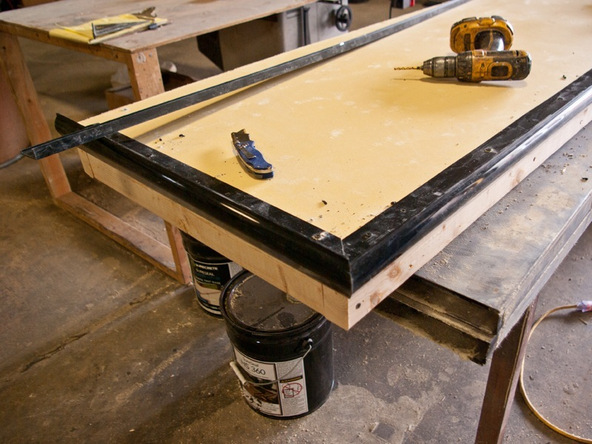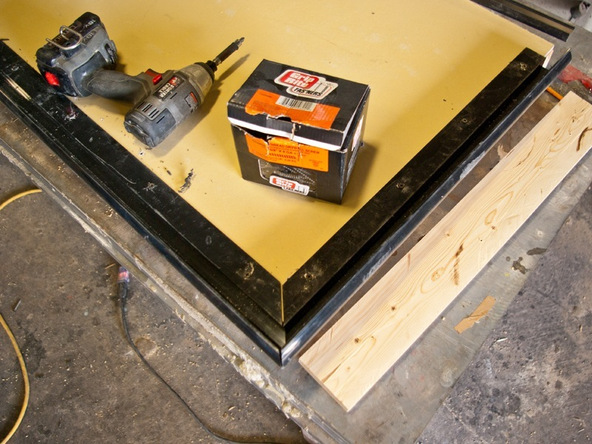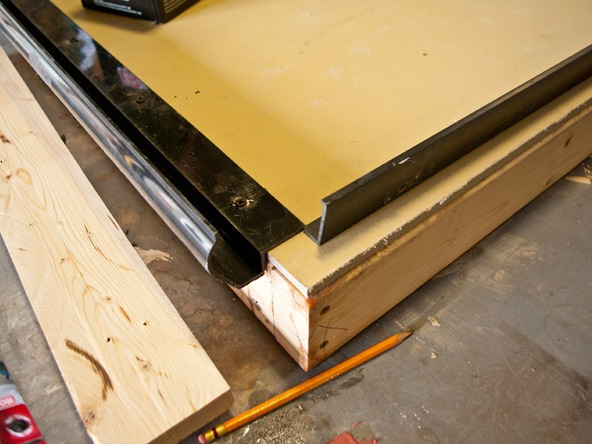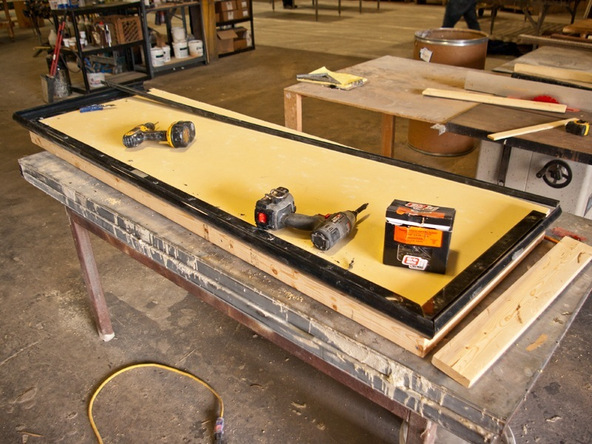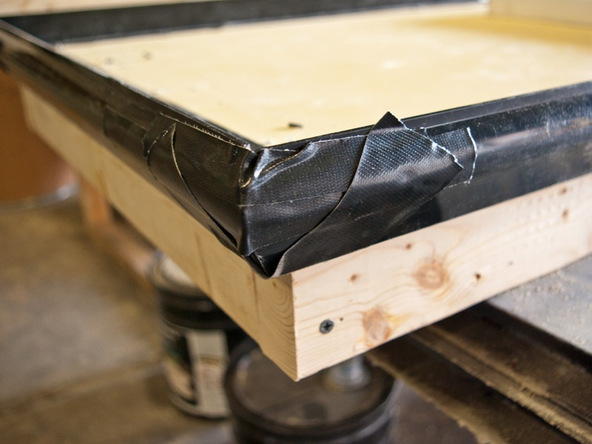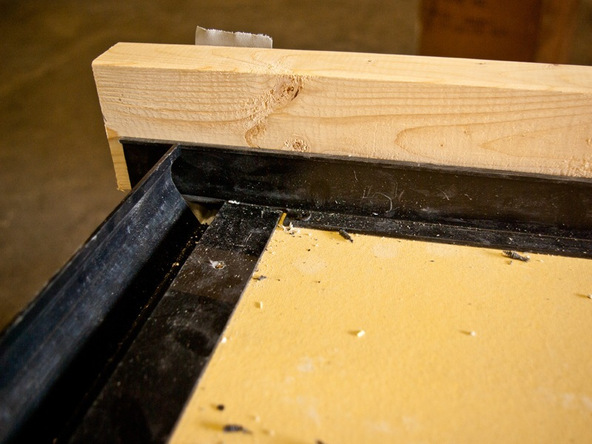Pour-in-Place Concrete Countertops
ONE: FORMING
Lorem ipsum dolor sit amet, consectetur adipiscing elit. Mauris nec tincidunt nulla. Praesent a mauris sed odio rutrum lacinia. Mauris ultricies suscipit metus, nec volutpat nisi rutrum id. Sed tincidunt purus ut felis porttitor tempus. Nulla quis metus eu velit convallis rhoncus. Morbi commodo, ante sit amet semper vulputate, mi nunc mollis urna, sit amet mattis enim quam ac dui. Class aptent taciti sociosqu ad litora torquent per conubia nostra, per inceptos himenaeos.
What You’ll Need
- Cordless Drill
- Utility Knife
- Screws
- Z-Form Countertop Kit
- Sink Knockout
- Cement Board
- Duct Tape
Step 1 – Cement Form and Board Walls
Step 2 – Finish Placing Walls
Step 3 – Sink Knockout
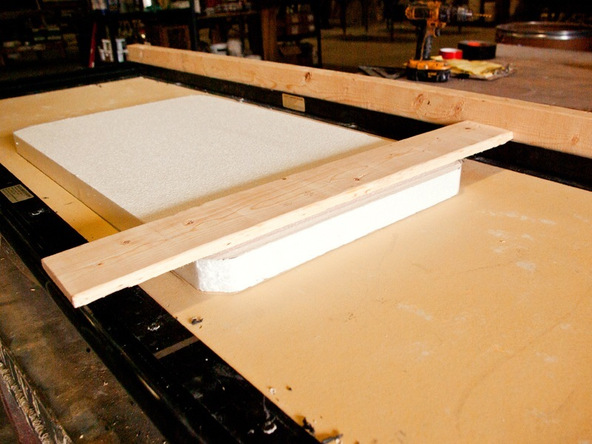
Next: Pouring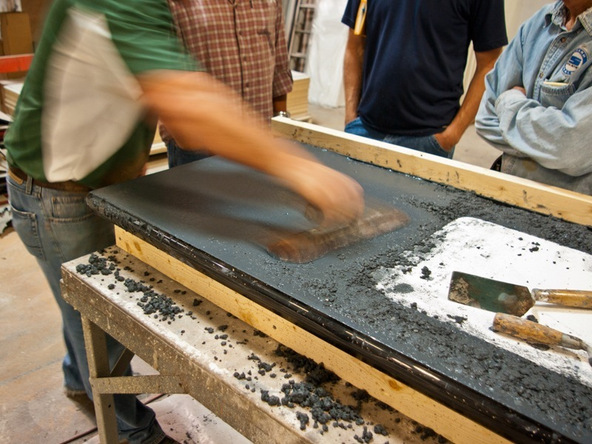

140-163 character description of this project phase. Lorem ipsum dolor sit amet, consectetur adipiscing elit. Donec enim ante, luctus eu enim vel, eleif luctus eu

